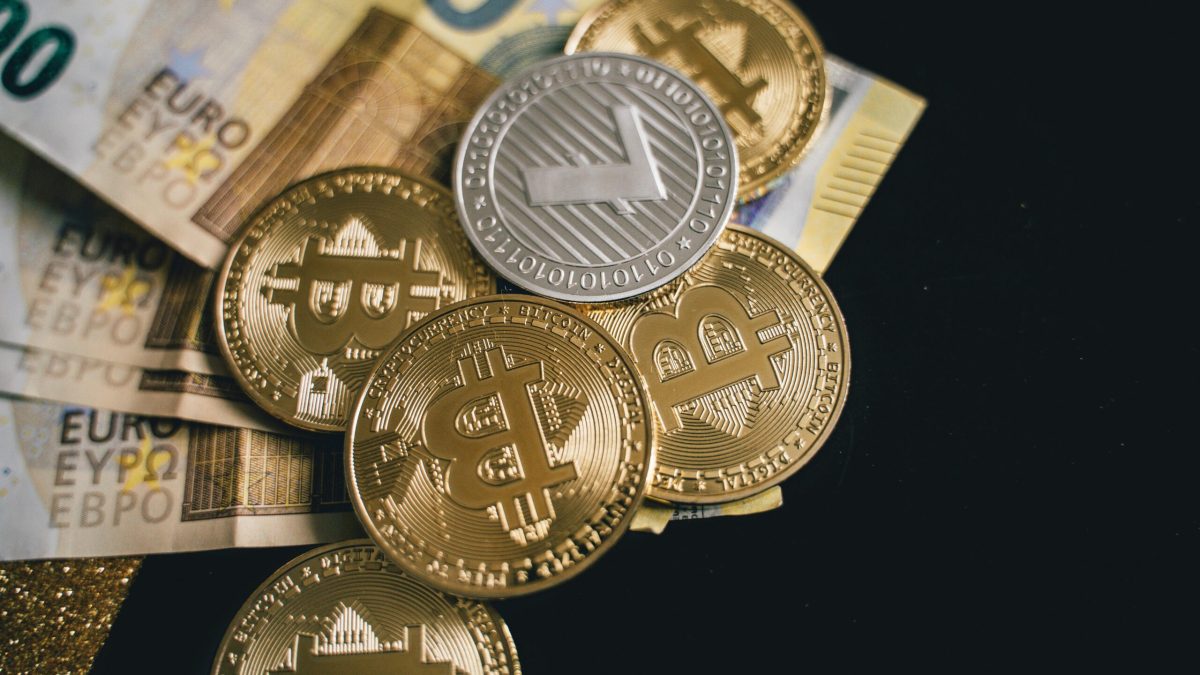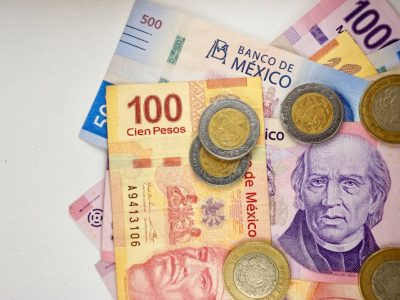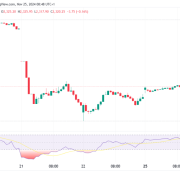
Gold prices are in red despite tensions in the Middle East on Tuesday. On Tuesday, Iran fired ballistic missiles toward Israel in retaliation to the latter’s killing of one of its top commanders and leaders of Iran-backed militias in the region.
Generally, gold prices rise during geopolitical turmoil because of its safe-haven value. However, prices have retreated after a brief rally late on Tuesday.
At the time of writing, the most active December gold contract on COMEX was at $2,670 per ounce, down 0.7% from the previous close.
Following Tehran’s attack late Tuesday, gold prices rose more than 1% to close at $2,690.30 per ounce, close to its record level of $2,696.90 per ounce hit last week.
What’s halting gold’s upside momentum?
The upside momentum in gold prices has been halted over the past three sessions as the US Federal Reserve hinted that the pace of easing of its monetary policy cycle could be slower.
US Fed Chair Jerome Powell on Monday said the central bank is in no hurry to cut interest rates.
This came after the central bank at its September meeting cut rates by 50 basis points, when markets were expecting a 25 bps cut.
Gold prices retreated this week as bets on an oversized interest rate cut in the coming months faltered after Powell’s comments.
The yellow metal tends to benefit from lower interest rates as it is a non-yielding asset class.
Fxstreet.com said in a report:
However, unexpectedly strong data – especially covering the fragile US jobs market – and a cautious speech from Fed Chairman Jerome Powell on Monday have since reduced bets of a double-whammy 50 bps cut, from over 60% last week to only 37% at the time of publication on Wednesday.
Long-term outlook bullish for gold
Even though gold prices have fallen slightly over the last few days, the outlook for prices remains bullish in the coming months.
Gold prices have risen nearly 30% since the start of the year, and broken new records. Analysts with Kitco.com believe that the upside for gold prices is far from over in the medium to long term.
Additionally, on Monday, Goldman Sachs scaled up its forecast for gold prices to $2,900 per ounce in early 2025 from $2,700 per ounce earlier.
“We reiterate our long gold recommendation due to the gradual boost from lower global interest rates, structurally higher central bank demand, and gold’s hedging benefits against geopolitical, financial, and recessionary risks,” the bank said.
Analysts with fxstreet.com said gold prices could continue its uptrend above the $2,700-per-ounce level if prices break above the $2,680-per-ounce level again.
A break below the trendline at about $2,615-$2,620, however, would be a bearish sign and suggest a complete reversal of the short-term uptrend.
High gold prices hit physical demand
Record high prices of gold have hit demand for jewelry and other items in countries such as China and India. Both countries are the top consumers of gold.
Physical demand for gold increased in August after India slashed its import duties on the yellow metal. However, demand has been sluggish since then as consumers find it difficult to cope with rising prices, Reuters quoted Prithviraj Kothari, president of the India Bullion and Jewellers Association, as saying in a report.
According to Commerzbank AG, physical demand for gold may remain sluggish in Asia due to the strong price increase and record price levels.
The post Gold slips on reduced bets for oversized rate cuts, but Middle East tensions limit losses appeared first on Invezz











